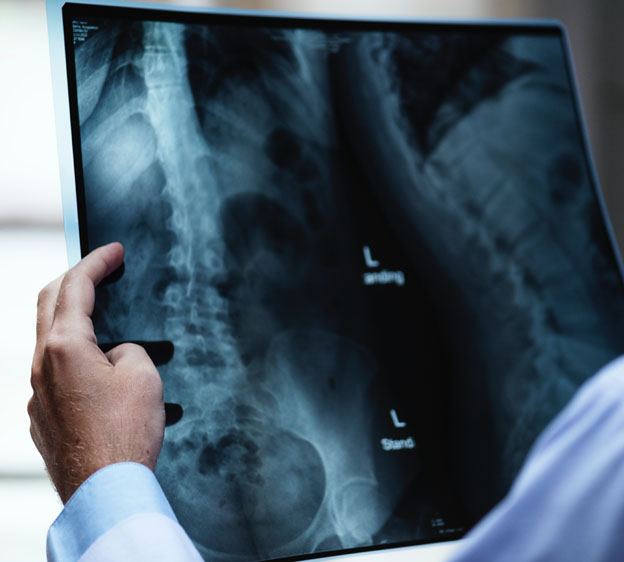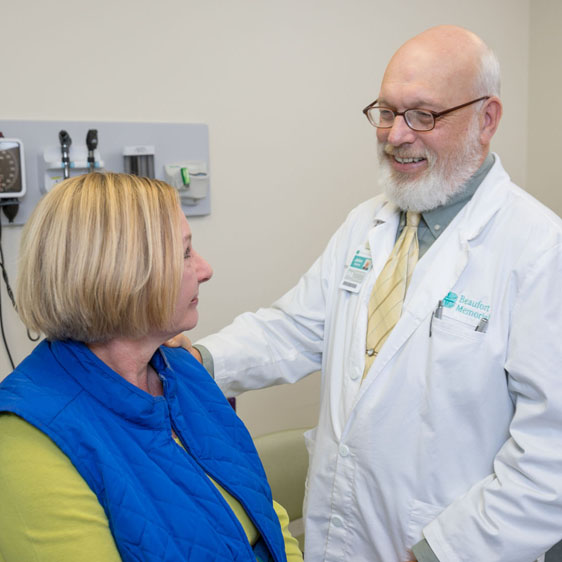5 Steps to Bone Health
January 1, 2021
Osteoporosis is a disease that makes bones fragile and more likely to break. Unless tested, many who have osteoporosis don't know until a fracture occurs. If you have this disease, bone breaks can happen with something as minor as bumping into a table, tripping and falling, or even during a hearty sneeze or tight hug.
Although you can't go back to the bone building years of childhood and young adulthood, there are five simple steps that the National Osteoporosis Foundation (NOF) recommends you take to protect your bones throughout your life:
Step One: Talk to your doctor
 To learn more about osteoporosis, speak with your primary care provider. Good questions to ask include: Am I at risk for osteoporosis based on my medical history, lifestyle and family background? Am I taking medication that puts me at higher risk for developing osteoporosis? How do I best prevent (or treat) osteoporosis?
To learn more about osteoporosis, speak with your primary care provider. Good questions to ask include: Am I at risk for osteoporosis based on my medical history, lifestyle and family background? Am I taking medication that puts me at higher risk for developing osteoporosis? How do I best prevent (or treat) osteoporosis?
Step Two: Avoid smoking and limit alcohol
Smoking is the number one cause of preventable disease. The good news is that if you stop smoking, within five years, your risk can return to that of a lifelong nonsmoker. And while studies suggest a glass or two of red wine per day may have health benefits, tipping the bottle more puts you at increased risk for osteoporosis.
Step Three: Exercise
 While physical fitness makes your muscles bigger and stronger, it also makes your bones stronger and denser. The NOF recommends two types of exercises: weight-bearing impact exercise and resistance/strengthening exercise.
While physical fitness makes your muscles bigger and stronger, it also makes your bones stronger and denser. The NOF recommends two types of exercises: weight-bearing impact exercise and resistance/strengthening exercise.
Read More: A Primer on Preventing Bone and Joint Problems
Step Four: Take your vitamins
You likely know calcium is important to building strong bones, but so is vitamin D. Yet almost every one of us misses the vitamin D mark unless we regularly consume vitamin D-fortified dairy and fish. The National Institutes of Health recommends that women 50 and younger consume 1,000 mg of calcium daily while those over the age of 50 should increase the amount to 1,200 mg.
Step 5: See if your bones pass the test
The only way to diagnose osteoporosis and determine your risk for fracture is a bone density test like the DEXA scan we offer in Beaufort and Bluffton. The test uses special X-rays to measure how many grams of calcium and other bone minerals are packed into a segment of bone. A higher mineral content means your bones are denser and less likely to break.
Want an accurate picture of your bone health? Bone density testing is offered at the Beaufort Memorial Outpatient Imaging Center in Beaufort and Bluffton Medical Imaging in Bluffton. To make an appointment, call 843-522-5015.
